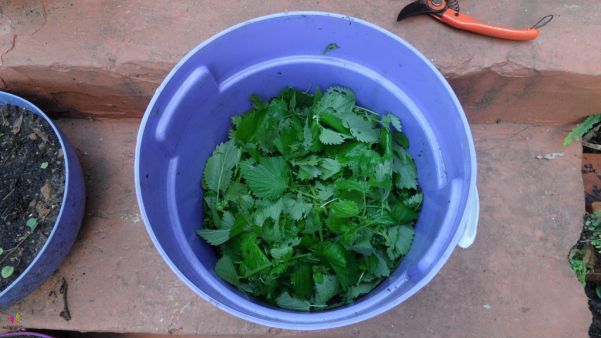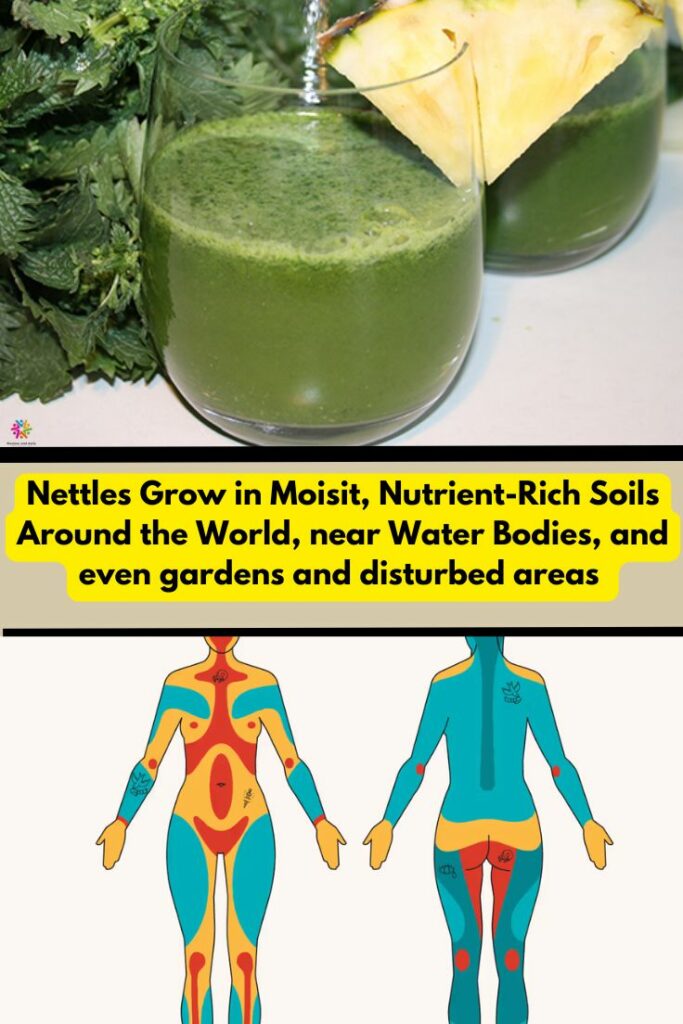Nettles can be found all throughout the world, and they frequently flourish on soils that are damp and high in nitrogen. They are useful for enhancing the quality of soil because of their well-known capacity to gather nutrients.

Nettles, or Urtica dioica, are a genus of flowering plants of the Urticaceae family. Their stinging hairs, which contain irritants that can cause a brief burning sensation when touched, are what set them apart. Nettles have been used for many purposes throughout history because of their many benefits, despite their awful image.

Nettles’ capacity to absorb excess phosphate and nitrate makes them excellent soil fertilisers.
This plant promotes plant growth by releasing vital minerals like potassium, iron, and nitrogen.
The plant’s beauty draws a variety of insects, including beetles and butterflies, which are good for your garden and aid with pest management.
Notably, because nettles release nutrients into the soil, they accelerate the growth of neighbouring plants.
Because of their resilience, they are able to defend their habitat against pests including mites, fungus, and aphids.
When made into a slurry, this versatile plant serves as both a compost activator and a safe, natural insecticide. Because of its high iron and protein content, this plant is not only good for the soil but also nutrient-dense if consumed. Because it absorbs pollutants like a sponge in the soil, you just need to be careful not to collect it from polluted places. Therefore, this plant should only be consumed if it is cultivated in your garden.

Many tribes throughout the world are using nettle leaves, roots, and seeds in their culinary traditions, and scientifically this has demonstrated important results for the body’s well-being.
By assisting our bodies in eliminating extra water that has become lodged in our veins, this plant will improve blood circulation.
This plant replenishes the mineral balance and keeps your body from losing minerals.
It has been shown to be successful in reducing fatigue symptoms by maintaining hormonal equilibrium and controlling renal function.
Depending on its freshness or dryness, Urtica dioica can contain anywhere from 25 to 40% protein and is rich in vitamins C, minerals, and amino acids.
To ensure that you are using this plant correctly, chop fresh leaves finely and sprinkle them over salads and appetisers, among other things.
All you have to do is pour boiling water over the leaves in a cup, let them sit for a few minutes, and then drain and drink the tea, which has several health advantages.
The entire plant possesses antitussive, antidiuretic, and antidiarrheal properties.
Inflammatory joint pain can be relieved by boiling roots.
Nettle’s alkalising and anti-rheumatic qualities also give it the ability to stop cartilage deterioration.
Notably, benign prostatic hyperplasia can be treated with nettle roots.

Nettles’ nourishing and regulating properties make them useful in a range of cosmetic procedures.
In this instance, nettle root can be utilised to create a hair tonic that promotes hair growth naturally.
For one month, soak 60 grammes of oregano and 60 grammes of dried root in one litre of water.
Shampoo can also be made from nettle.
Additionally, this plant is utilised to manufacture serums, treat acne, control excessive sebum, fortify nails, and lessen ageing signs.
To strengthen your nails, steep a teaspoon of nettle leaves in hot water for 20 minutes.
After straining the mixture, add a dollop of cider vinegar.
After soaking your nails in this solution for ten or so minutes, rinse them with warm water.
This therapy should be repeated once a week for noticeable effects.